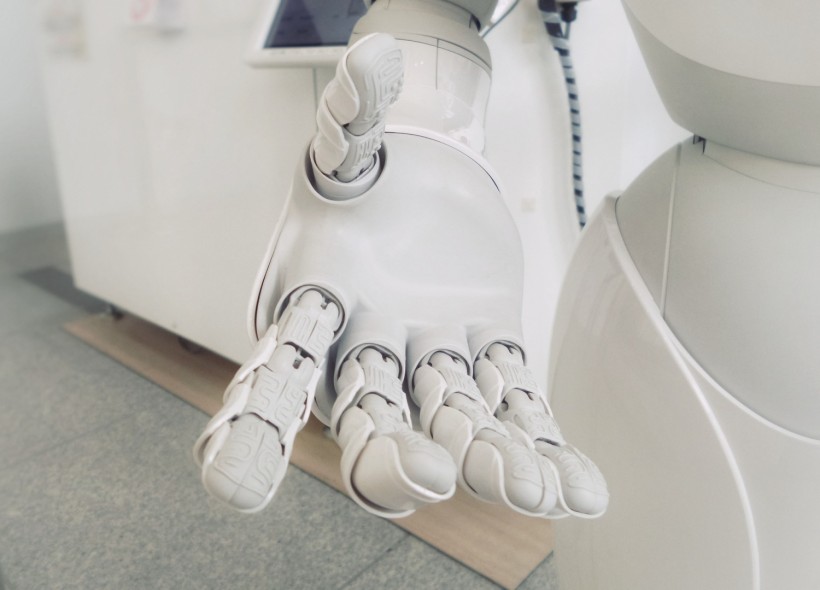Engineers have made a significant breakthrough in the field of robotics with the creation of a new type of smart soft sensor which can improve prosthetics and enhance human-robot interaction.

The Need for Improved Sensor
Human skin has the ability to sense different stimuli like force, pressure, temperature, and corrosion. It can also feel pain and identify the shape of objects with the use of multiple receptors. Experts try to mimic this sensitivity with the use of sensors.
Sensors are making machines more capable and lifelike as they enable people to work and play alongside them. However, conventional sensors used in robotics or prosthetics can only sense pressure. Most of them do not have the ability to sense horizontal movement, which makes them crush or drop objects since too much pressure is applied.
Even if they exhibit any kind of sensing, it is only pressure sensing. As a result, they do not enable amputees to perform any kind of dexterous manipulation because they cannot sense that something is slipping. As sensors continue to evolve to be more skin-like, there is a need for robots to be smarter by improving the ability of sensors in responding to external stimuli.
Revolutionary Robot Skin
At least a dozen companies around the world such as Honda, Tesla, and Sanctuary AI are currently developing humanoid robots and industrial robots to serve various purposes. Although they can perform different tasks, these robots lack tender human touch, which means that they lack dexterity and sensitivity.
Researchers at the University of British Columbia (UBC) made a step forward by developing a smart, stretchable and highly sensitive type of rubber which resembles human skin. This innovation has opened the door to a wide range of applications in robotics and prosthetics.
The sensor was created by Dr. Mirza Saquib Sarwar as part of his PhD work in electrical and computer engineering at UBC's faculty of applied sciences. According to Sarwar, this sensor can sense different types of forces and provides touch sensitivity and dexterity when applied to the surface of a prosthetic arm or a robotic limb. This allows machines to carry out difficult tasks such as picking up a piece of soft fruit or holding fragile objects like an egg or a glass of water without crushing or dropping them.
The revolutionary sensor is composed primarily of silicone rubber, the same type of material used in making skin special effects in movies. Its unique design gives the robot skin the ability to buckle and wrinkle. Since the sensor is soft to the touch like human skin, it helps make human interactions safer and more lifelike.
The sensor also uses weak electric fields in sensing objects even at a distance, much as touch screens do. Unlike touch screens, however, the smart sensor is supple and can detect forces into and along its surface. As described by senior study author Dr. John Madden, this unique combination is the key in adopting the technology needed for robots that are in contact with people. Researchers also claim that the new sensor is simple to fabricate, making it easy to scale to cover large surface areas and to be manufactured in large quantities.
The technology was developed by the UBC team in collaboration with Honda's research institute called Frontier Robotics. Honda has been into the development of humanoid robots since the 1980s which led to the creation of the famous ASIMO robot. The company has also developed devices that can assist in walking, such as the Honda Avatar Robot.
RELATED ARTICLE: Banana Fingers: MIT Develops Robotic Glove for Assistive Hand Movement and Sensing Experience
Check out more news and information on Sensor in Science Times.














